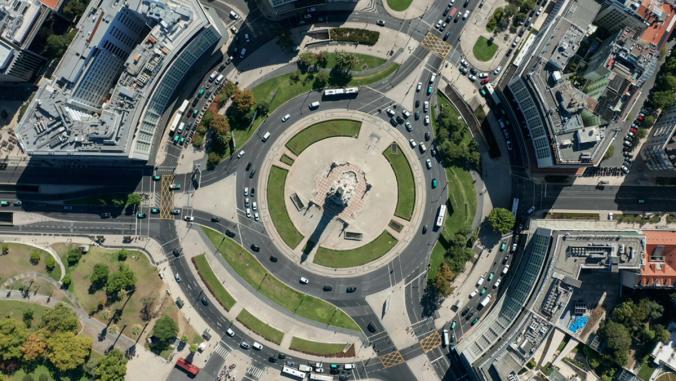At Davos, Debating the Myth or Reality of Green Growth
<p>Unsurprisingly, growth is an issue that's front and center at the World Economic Forum in Davos this year. But although the rhetoric about the need for innovation and resource-constrained growth is steady, progress by any measure is falling short.</p>

Unsurprisingly, growth is an issue that's front and center at Davos discussions this year. Whether it's from the perspective of fiscally constrained industrialized nations, who are struggling to find it, or BRIC economies who, despite the possibility of a slowdown in some quarters, still need to manage it.
But where will this growth come from? As ever there is a significant emphasis at Davos on innovation and technology as engines of transformative models and economic expansion. There is also a good deal of talk about "Green Growth" and the implicit suggestion that we need to avoid the mistakes of the past by growing while addressing the constraints of a finite planet. The rhetoric is constant, but progress is slow by most measures with investment falling short of the mark. So ... is Green Growth a myth or reality?
There are reasons for caution. As emerging markets expand (and new Accenture research indicates that nearly 60 percent of the global increase in household income between 2010 and 2020 will take place in emerging economies), the rise in demand for energy, water, urban development and agricultural infrastructure has reached unprecedented levels. Cumulative infrastructure investment demands could reach as much as US$ 18.1 trillion by 2030 according to research by the World Economic Forum (while significantly higher estimates exist!). Yet, investment projections suggest that 60 percent of energy will still come from fossil fuels in 2030.
At the same time green growth cannot fly in emerging markets unless it tackles broader development issues and like it or not -- the issue of global equity. To cap it all off, the aftermath of the financial crisis has not only impacted deal flow in clean technology in the short term but has also led to sustained fiscal austerity in mature economies. The public purse, often looked to as the default financier of public works, is increasingly constrained.
But there is reason for hope. Against these challenges green investment has proven remarkably resilient. Bloomberg New Energy Finance reported continuous growth in clean energy investment, with investment reaching $250 billion in 2010, around 20 percent coming from China alone. This trend is expected to continue, with global investment in new renewable power plants ($187 billion) surpassing fossil fuel power plant investment ($157 billion) for the first time in 2011.
Qualitative indicators also suggest that policy regimes are increasingly geared towards delivering green growth -- from Beijing to Budapest. By the end of 2010, 96 countries had enacted renewable energy targets. For evidence of the significant ambition of national green growth one needs only look at China's 12th five-year plan, India's National Solar Mission or the range of new clean energy and climate change investment plans being delivered in Kenya, Chile and across the developing world.
Some may see the focus on green growth as a distraction to the big issues of the day. Conversations in Davos are littered with panoply of issues as big as the failure of capitalism, as pressing as ensuring global food security and as worrying as the "seeds of dystopia."
But you can also see a groundswell of action towards delivering green growth on the World Economic Forum program this year especially around the issue of who pays. We know from our collaboration with the Forum on Financing Green Growth in a Resource Constrained World [PDF], that financing is both a major barrier to delivering green growth but also presents a huge opportunity to channel Carbon Capital to fuel a greener economy [PDF].
The political rhetoric and commitment to the issue has increased with the Mexican government -- this year's chairs of the G20 -- providing strong signals that the financing of green infrastructure is an important pillar of their presidency. If this momentum can be continued as we move towards the Mexican G20 and Rio+20 summit in summer 2012, there is a real hope that a lasting commitment to delivering green growth ambitions can be forged between the public and private sector.
So while green growth is certainly no myth, the reality is that the challenge remains continued action and greater speed to scale for it to ever be a reality.
Photo CC-licensed by the World Economic Forum.





